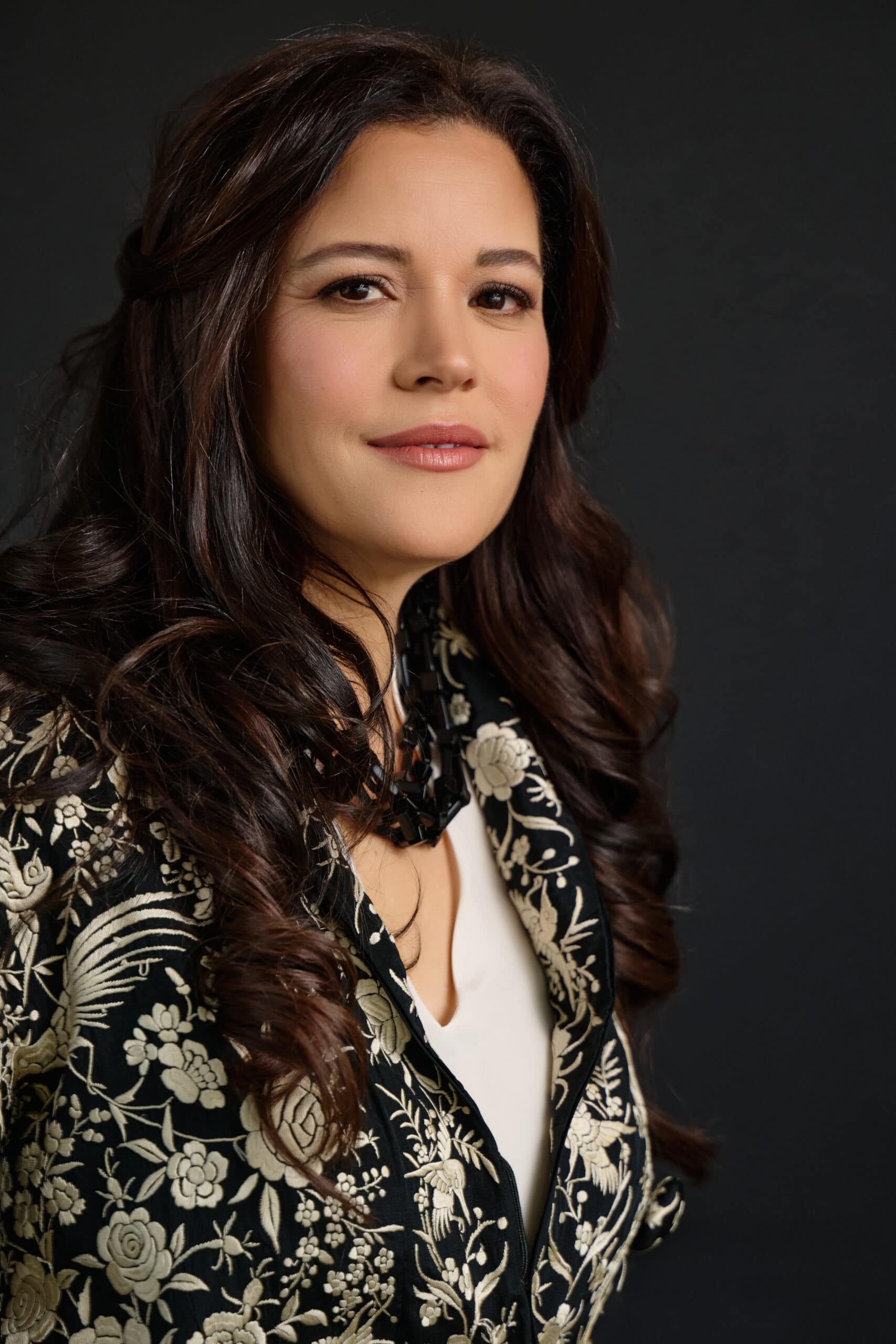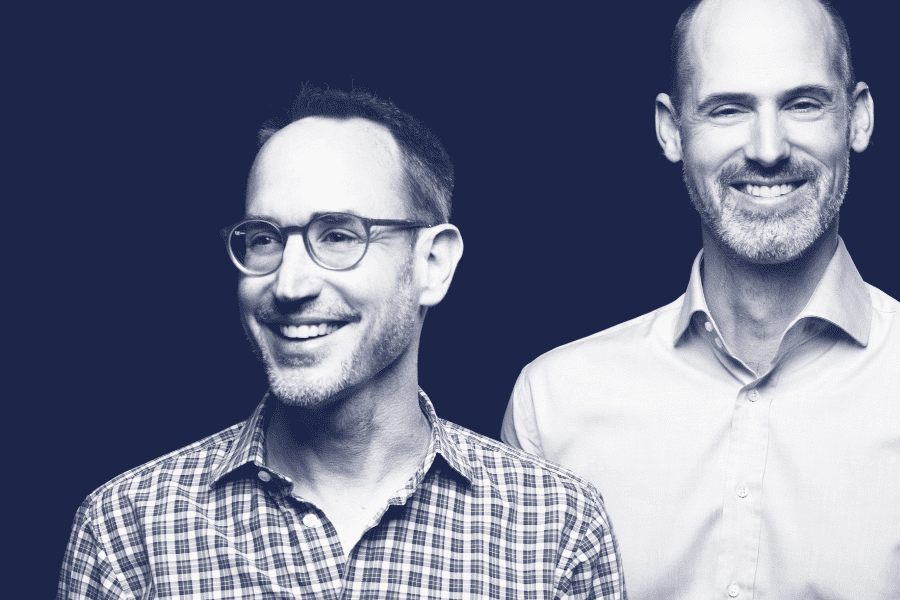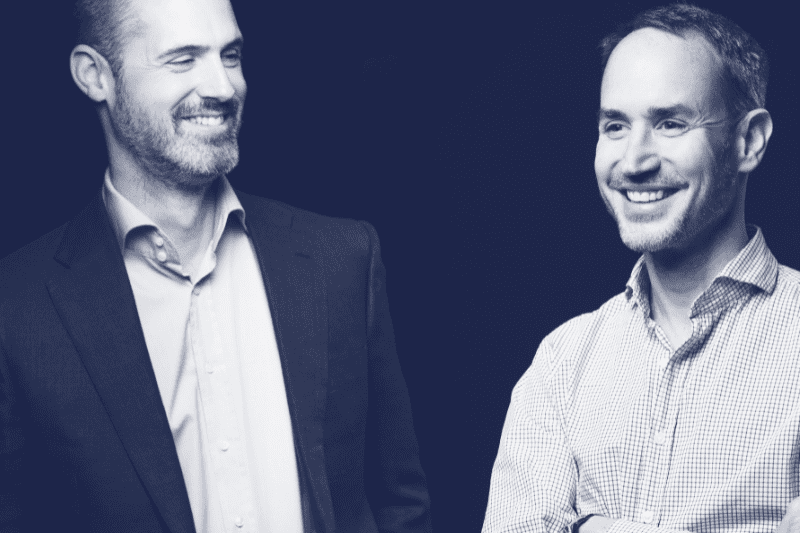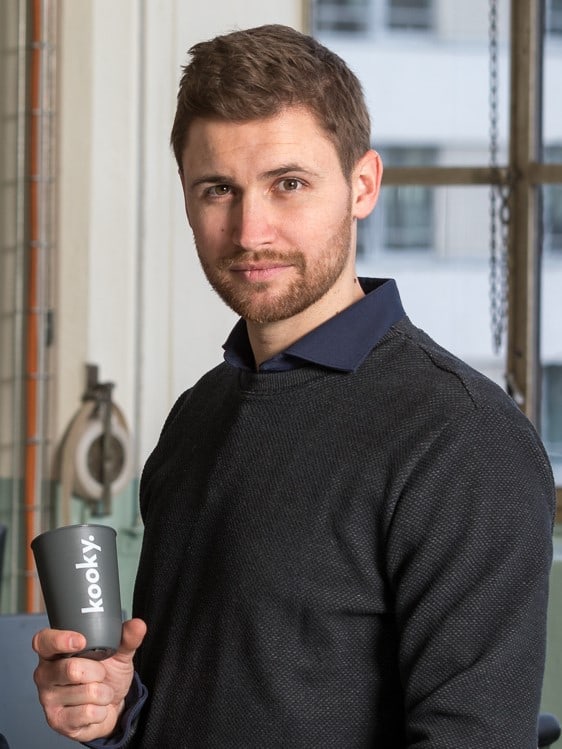Local proximity still matters, argues Julie Wagner, who devoted her career to the study of innovation districts. Even after the pandemic and amid technological advancements, she explains how select urban geographies are transforming research into a vibrant economy.

President and Founder, Global Institute on Innovation Districts
Julie is president and founder of The Global Institute on Innovation Districts, where she is currently leading a network of 50 innovation districts worldwide. These numbers matter because research estimates there are about 150 innovation districts emerging or advancing across most global regions. She oversees a team of researchers that analyze districts, their R&D strengths, their collaborative innovation activities, their unique spaces and how they are organized. Julie plays a leadership role in GIID Europe, a not-for-profit organization based in Switzerland, which is designed to support innovation geographies across Europe.
Julie has over 25 years of experience advancing cities and urban areas. She served as a non-resident senior fellow at The Brooking Institution, an American think tank. She is also a visiting scholar for the Esade Business School’s Center for Global Economy and Geopolitics.
A trained city planner, Julie served as a deputy planning director for the District of Columbia, where she developed the city’s long-range plan. She earned a master’s degree in city planning from MIT and holds a bachelor’s degree in organizational communication from Northeastern University.
You studied City Planning at MIT. What led you to focus your work on innovation?
As a city planner, you are naturally trained to think about the physical world but working for a city government, you are pushed to examine the role of its economic actors, such as the major employers of a region. For me, the iterative work on strengthening ‘place and economy’ evolved naturally. This being said, my fellowship at the Brookings Institution was instrumental in my focus on innovation. Brookings is full of brilliant thinkers working together and accelerating each other’s understanding of changing market dynamics and the implications of new policies and programs. The tipping point for my work was a study trip to Barcelona, to the 22@Barcelona innovation district with economic development leaders from the US. 22@Barcelona was conceived by city government, where its initiators came up with a unique ‘theory of change’. They wanted to create a place to cultivate specific knowledge and technological capabilities as the city was shifting from an industrial to an advanced knowledge economy. What caught our attention was the deliberate act to advance innovative clusters in a specific location—a district—and transform the area to allow more companies while making it walkable and bikeable. Equally powerful, they created new facilities with training and educational programs, which match the needs of those emerging clusters, to help residents and new firms grow in the changing economy. They pursued an integrated approach: transforming the physical landscape while strengthening the economy instead of the siloed approach that is often used. 22@Barcelona but also an important list of other districts, shows how an integrated, iterative, approach can pull people and firms together.
In 2014 you published the seminal research paper “The Rise of Innovation Districts” together with Bruce Katz. What was the reaction to it?
We received thousands of emails and letters from people all over the world saying, “This is exactly where we want to go—and we have already been trying to get there”. We did not invent something new, in other words, we captured the idea, which was emerging due to changing economic, demographic, and social trends. We took the time to study varying approaches to districts. We stitched these together to elevate what we saw as an emerging urban paradigm. There are many other innovation districts mentioned in the paper but 22@ was one of the districts that articulated the concept most succinctly. We received plenty of different questions from governments, universities, companies, and VCs. In fact, my life can be divided into pre- and post-paper.
In your post-paper life, you established the Global Institute on Innovation Districts. Why?
Brookings is a highly successful and influential think tank. Their success is partly due to high quality work but also the breadth of issues they cover. The implication is that researchers write about new and emerging trends and concepts but ultimately move on to other areas focus. I was fortunate to be able to research and help advance innovation districts for nearly a decade at Brookings. The Global Institute, which was founded in 2019, allowed me to continue this work in a deeper way. I formed an intellectual partnership with Brookings given the work started there. Our two founding partners are Lendlease, a global real estate developer headquartered in Australia, and Ventas, a real estate investment trust that owns and invests in innovation communities and healthcare facilities in the United States.
What’s in it for them?
They want to better understand this evolving field. Having an independent institute publishing research on the topic and working directly with districts helps answer many questions and prepare the groundwork for new developments. We’re a small team of people from all over the world that helps connect highly localized initiatives. An average day can mean a video call with Australia at 5 am and finishing with a call with Mexico at 11 pm.
Let’s discuss the ingredients for a functioning innovation district. Can they be conjured out of thin air?
We can look around cities and see small pockets of innovation emerging organically. As researchers, we became intrigued when the leaders of specific places became far more involved and intentional in orchestrating outcomes. At the same time, it is also important to look at the health of each city and region, acknowledging that each region has a very different economic starting point. Our definition of innovation districts starts with anchor institutions and how they are connected to their surroundings. Anchor institutions, such as universities or university hospitals, receive billions of dollars from the government to undertake highly specialized research and produce highly developed thinkers. The clustering of researchers, faculty, graduate students, and postdocs can be harnessed to help move cities up the value chain of knowledge and competitiveness. If we look at this from an entrepreneurial perspective, the question is how can we transform advanced research into a place-based notion, creating something bigger and magnifying the effect of the anchor institutions?
What are the important measures to achieve this?
We have a lot of measures to evaluate innovation districts, but I believe even new measures are needed to consider advancements in technology and different forms of experimentation underway. Some universities, for example, developed employment contracts encouraging researchers to advance their research to the spinoff stage. More and more universities have established funds that help finance spinoffs and startups, often keeping them in close proximity to support their activities. These are just some examples of how these place-based ecosystems can grow but they begin to illustrate how place-based actors can be more intentional.
Professors who had successful startups coming out of their labs in the past are good at encouraging and supporting the next batch of founders.
Their energy and drive become infectious. I always visit the universities first to find out which departments and which researchers are attractive to both large and small companies. These people are magnets, they create new connections and they often help solve real but highly complex problems companies are facing.
So there is more to successful innovation districts than just an anchor institution and a bit of office space next to it.
I find that the average developer thinks about innovation districts as an avenue to construct more buildings—to blindly move past ecosystem formation and focus on the real estate play. For areas to create unique systems of people and firms, we need communication and collaboration, which then ultimately foster co-location. There need to be relationships that leverage the value of being adjacent to each other and not every company is open to this proposition. If you take some specific cities in Switzerland, for example, one can easily find pharma companies walled off with fences around their R&D centers. They want the opposite of open exchange. This is the antithesis of an innovation district, which drives collaborative innovation and a highly networked community of actors beyond just one company or firm.

Invest in Startups
As one of Europe’s most active venture capital investors, we grant qualified private investors access to top-tier European startups. With investments starting at EUR/CHF 10’000, you can build your own tailored portfolio over time and diversify across stages and sectors.
While innovation districts are highly beneficial for a region’s economy, their inherent quality of bringing together many different actors also leads to the question: who is ultimately responsible for bringing all of them together?
The question of governance is quintessential. For years, I have been carefully studying how and why some districts accelerate ahead while others slow or stop all together. Put simply, someone needs to be at the helm, otherwise the collective, synergistic efforts can dissipate over time. One model of governance, which is being applied in a growing number of districts, is called a multi-stakeholder model. This is where a group of leaders, such as a university, a medical institution, and interested companies’ band together to form a new company or not for profit organization. In their process of co-design, they also co-invest, collectively putting in money to hire professionals to manage the innovation district on a day-to-day basis. As a collective, this group: shapes the vision and the specific aspirations of an innovation district; undertakes joint planning across land owned by different landowners; and designs a more collaborative process for strengthening the ecosystem, such as how to support startups and develop unique programs and trainings to draw people to the district.
One important point to consider is the intermediaries, such as accelerators, and incubators. In the best of conditions these actors have a stronger voice. In my view, these are the actors that build the ecosystem from the ground up and I search these out in districts, asking questions such as: how many are in the district? what are their areas of focus and specialization? where are they in the district? do they collaborate with each other? and are they collectively creating something exceptionally unique and competitive?
You also mention these actors in the paper. You write that physical assets such as buildings and labs and economic factors such as spinoffs and established companies need to be complemented by networking assets. Why are they so important?
Networking assets is a clunky term for relationships, partnerships, and even informal social networks across a range of organizations and startups. Without relationships, you are left with a collection of buildings. As part of this work, I studied research from sociologists, political scientists, and organizational development experts. I was fascinated by their evaluation of how people and organizations gain new intel through relationships and through physical proximity. Equally fascinating were the conditions, including the designs of specific types of spaces, where people have the capacity to absorb highly tacit and complex information. This led me to study which kinds of actors are creating, and in what kinds of conditions, are supporting the formation of social networks.
Moving forward, I am deeply dedicated to spending more time on the development of social networks between children, companies, and other researchers in these districts. Some districts are experimenting with the interplay between the arts and science and the outcomes compel me to do more. We want to take this idea to scale, to create a process where districts come to us and we help them through a process of creating both cutting-edge and ‘cool’ spaces that draw in entirely new types of people. We are talking with the Science Gallery Network, which is working in this space. Our goal is to become a ‘catalytic intermediary’ with the support of forward-thinking companies and highly successful entrepreneurs. We believe, frankly, this approach will ‘turn up the volume’ in districts, providing children and young adults a pathway to becoming more engaged in science.
If we come back to the example of @22 in Barcelona, what would you say were the key ingredients for its success?
The mayor of the city at that time, Joan Clos, was a very strong and visionary leader. He worked with the right leaders and intellectual thinkers, conceiving a set of incentives to transform a postindustrial area into a geography for knowledge. The challenge he faced was that he was “vision rich” but “land poor”. He used city powers to give landowners and developers additional building density in exchange for a portion of their land and a requirement that they use some of their land for housing, open spaces, and technology facilities.
This transformation was far from just a land planning and development exercise. He and his team based their work on cluster theory, meaning they evaluated what kinds of actors and what cluster of actors could come together in the district to help advance the economy. They worked with a set of universities to establish campuses within the emerging district. They also worked with companies and encouraged their co-location in the area based on the collaborative work already underway with universities. Lastly, they are wrapped in a set of programs, training and spaces to grow the technical capabilities of local talent.
This is a highly orchestrated example of how a district can be born. The vast majority have not been this intentional, but 22@Barcelona and other districts are demonstrating how to harness the land to advance district ambitions such as solving a particular type of cancer or creating new types of biomaterials.
There are probably many politicians and economic development professionals who would like to replicate Joan Clos’ success and strengthen their local innovation ecosystem. What should they do?
A handbook I wrote for the US Conference of Mayors about this topic summarizes our findings. Politicians love sexy ideas such as innovation districts. But top-down initiatives that don’t take into account the local complexities and competencies are bound to fail. This is why politicians need to be educated about the amount of time it takes to grow place-based innovation geographies and the roles they can play to become a catalytic leader. Further, saying “we’re good in life sciences” is no longer good enough. City governments, including its mayors and the economic development teams, need to possess a greater understanding about their cities’ unique research advantages, including the kinds of scientific disciplines found in highly local places. This will require exchange with state scientists, university heads, and people leading medical institutions. The idea is to have a reflective group of practitioners working together to strengthen their competitive proposition. I love the work of bringing such people with similar questions together and this is what we are trying to do with The Global Institute on a global scale.
Written by
WITH US, YOU CANCO-INVEST IN DEEP TECH STARTUPS

Verve's investor network
With annual investments of EUR 60-70 mio, we belong to the top 10% most active startup investors in Europe. We therefore get you into competitive financing rounds alongside other world-class venture capital funds.
We empower you to build your individual portfolio.
More News
27.02.2024
Start high, not low!
How startups price their products and services is a key question. There is more to it than just a simple calculation. In this interview, product management expert Elias Lieberich spells out considerations that should go into determining pricing.
06.02.2024
Buy from
startups!
Companies large and small, as well as state organizations, could reap strategic benefits from working more systematically with startups, says Gregor Gimmy. His Venture Client Model centers on the idea of taking the role of the Venture Client of startups, rather than the venture investor. It is rapidly gaining followers among pioneering businesses and governments.
01.02.2024
How Verve Ventures finds the best startups
Verve Ventures evaluates over 4,000 startups annually, with only 100 reaching the assessment stage. In this article, we take a closer look at the steps Verve Ventures follows to reach an investment decision and the meticulous research behind it.
Startups,Innovation andVenture Capital
Sign up to receive our weekly newsletter and learn about investing in technologies that are changing the world.




